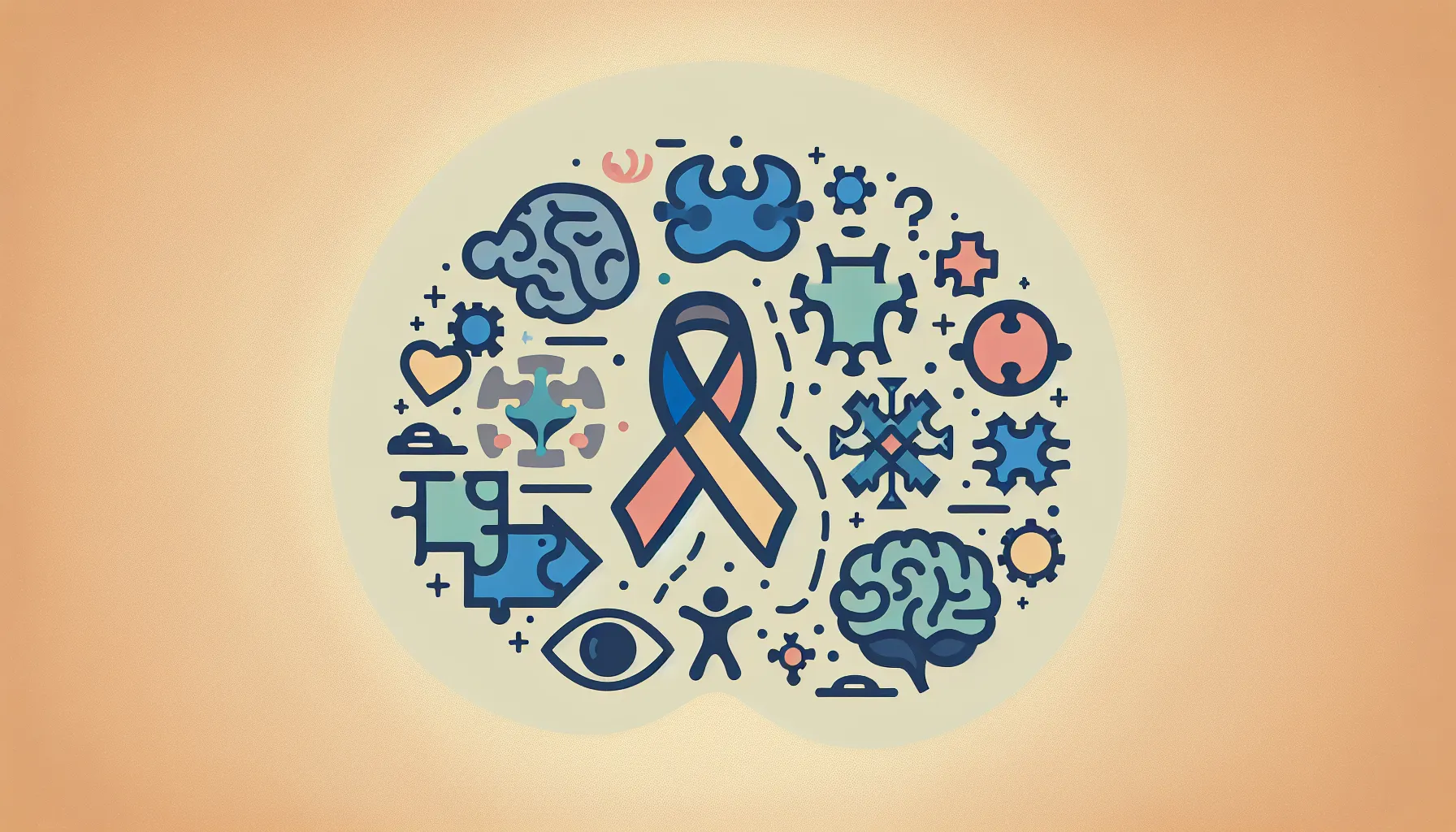How to teach goal-setting to older children
Empowering Future Success Through Effective Goal-Setting Strategies

Understanding the Importance of Goal-Setting in Childhood Development
Teaching goal-setting to older children is a vital skill that promotes motivation, confidence, and academic success. By guiding children to set realistic and meaningful goals, educators and parents help them develop essential skills like self-regulation, perseverance, and planning—empowering them for lifelong achievement.
Foundations of Goal-Setting for Older Children
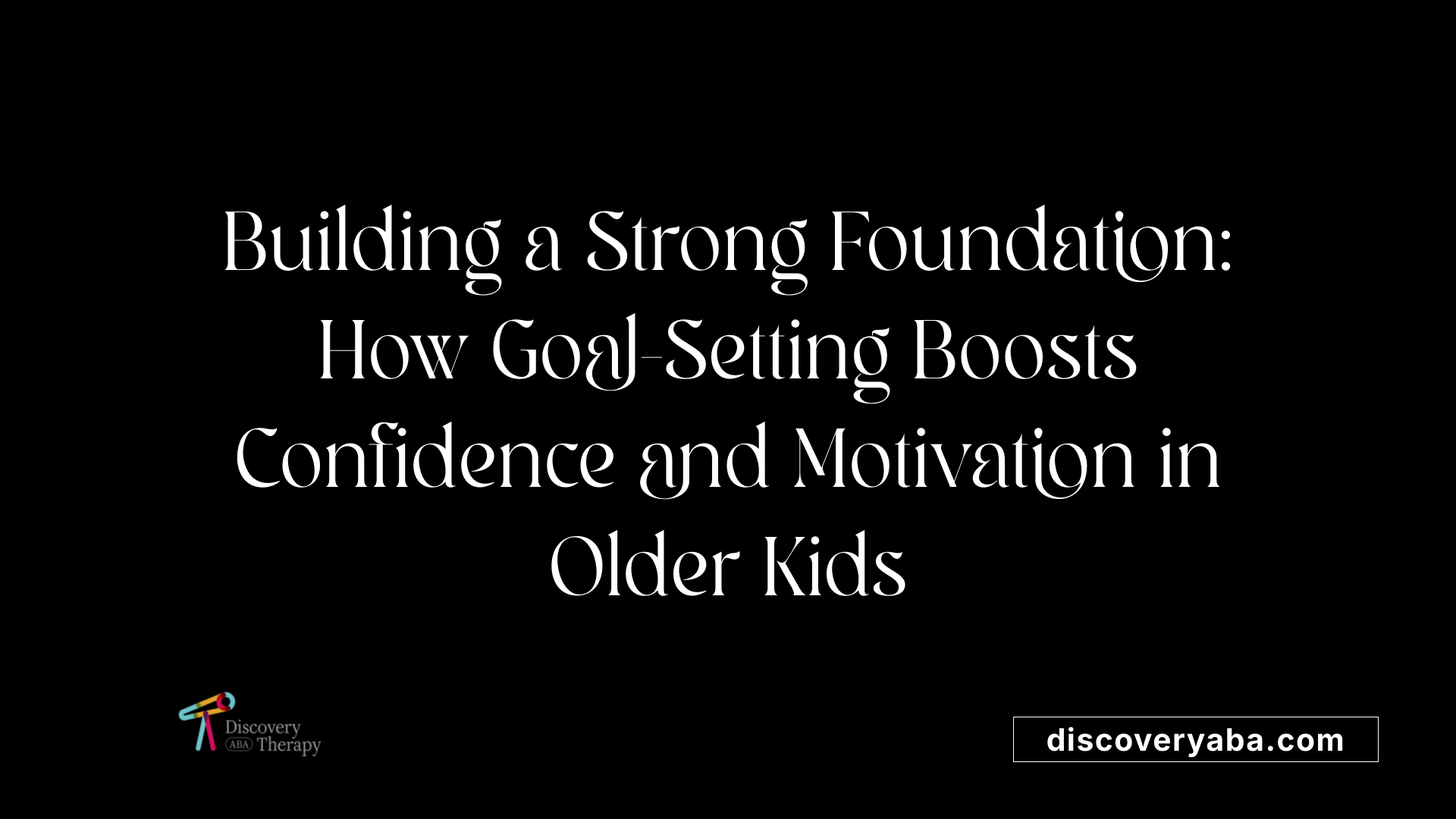
How do goals promote motivation, confidence, and success?
Setting goals is a powerful way to inspire children to reach their full potential. When children have clear objectives, they feel motivated to work towards them, which boosts their confidence as they see progress. Achieving goals reinforces a sense of accomplishment and encourages perseverance, leading to greater success both academically and personally.
Goals also help children understand the importance of planning and responsibility. As they set and pursue targets, they develop self-regulation skills like managing their time and overcoming obstacles. These skills are essential for lifelong growth and achievement.
What are effective strategies and approaches for teaching goal-setting to older children?
Teaching goal-setting to older kids involves engaging methods that develop their independence and critical thinking. A popular framework is SMART goal setting — ensuring objectives are Specific, Measurable, Achievable, Relevant, and Time-bound. This approach helps children create realistic and structured plans.
Breaking larger goals into smaller steps using tools like the 5Ws — What, How, When, Where, Who, and Why — makes goals more manageable and encourages strategic planning. For example, a student aiming to improve their math score might set mini-goals for each test, with specific action steps.
Incorporating fun, age-appropriate activities can make the process lively and meaningful. Activities like visualization exercises, creative goal planners, and drawing vision boards help children connect emotionally to their goals. Reflection is equally important; reviewing progress regularly teaches resilience, helping children learn from setbacks and adjust their plans.
Role modeling by teachers and parents, along with consistent support and encouragement, fosters an environment where children feel confident to set and pursue goals. Celebrating small wins boosts motivation and promotes a positive attitude toward ongoing efforts. Allowing children to own their goals and make decisions builds independence and a sense of ownership.
Overall, a combination of structured frameworks, engaging activities, regular reflection, and supportive guidance equips children with the skills necessary for effective goal-setting. These practices nurture motivation, build confidence, and lay the foundation for lifelong personal and academic success.
Methods and Techniques for Effective Goal-Setting
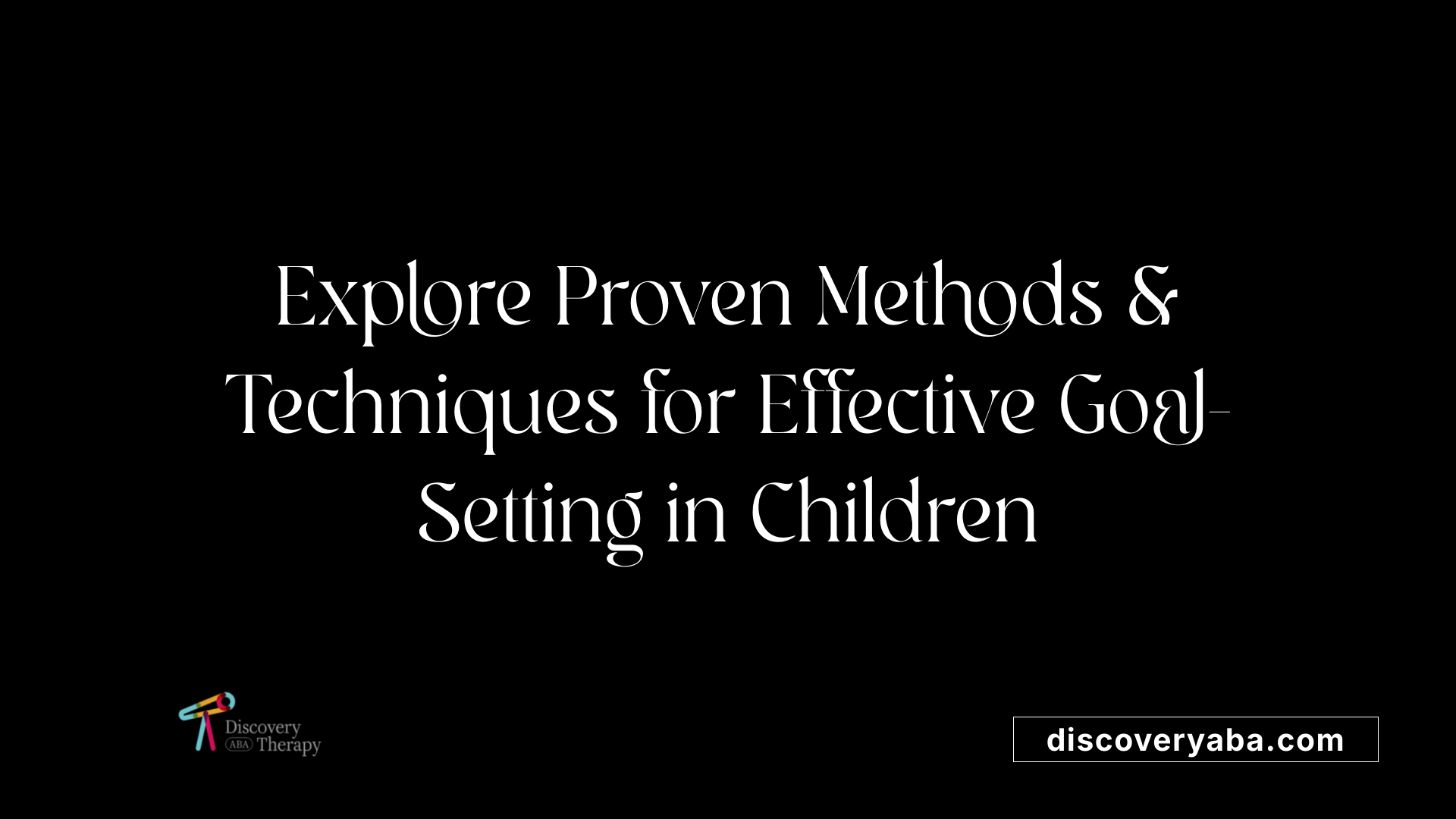
What methods and techniques can help children understand and set meaningful goals?
Teaching children how to create and pursue goals effectively is essential for their growth, motivation, and resilience. One popular approach is introducing the SMART framework, which stands for Specific, Measurable, Achievable, Relevant, and Time-bound. This structured method helps children develop clear, realistic objectives that they can systematically pursue.
Breaking down goals into smaller, manageable steps enhances understanding and keeps motivation high. Using the 5 W's—what, how, when, where, who, and why—serves as a guide to dissect and clarify each goal. For example, asking, "What do I want to achieve?" and "When will I complete this?" helps children focus and plan.
In addition to verbal instructions, visual aids and interactive activities make goal-setting fun and engaging. Creating a goal chain or a visual progress chart can help children track milestones visually, making the journey toward their goals more concrete. Activities like crafting vision boards, drawing wheels of fortune, or brainstorming with interest maps promote creativity while reinforcing the goal process.
Allowing children to take ownership of their goals is crucial. Giving them responsibility for setting, monitoring, and reflecting on their progress fosters independence and accountability. Regular reflection sessions, where children review their achievements and setbacks, contribute to developing self-awareness and resilience.
Parents and teachers play an important role by modeling goal-oriented behavior and providing positive reinforcement. Celebrating achievements, offering encouragement, and helping children reframe setbacks as learning opportunities build confidence.
Finally, integrating playful, creative tasks—such as making a yearly bucket list or playing goal-related games—maintains enthusiasm. When goal-setting is fun, children are more likely to stay committed and develop lifelong skills that extend beyond the classroom. Altogether, these methods create a supportive environment where children learn to set meaningful goals, persevere through challenges, and celebrate their growth.
Resources and Activities to Facilitate Goal Education
To effectively teach children about goal setting, a variety of resources and engaging activities are available. Printable worksheets and visual tools like goal boards and ladders help kids understand and organize their objectives clearly. For example, goal ladders enable children to visualize step-by-step progress toward larger ambitions, making big goals more approachable.
Creative and interactive activities also enhance learning. Students can craft vision boards by cutting out pictures that represent their dreams, which serve as motivating visual cues. Goal mapping exercises, where children plan their steps toward achieving a goal, encourage strategic thinking and commitment.
Reflection exercises are vital; children can write letters to their future selves or create positive affirmation cards, reinforcing confidence and perseverance. Fun classroom activities like ‘Three Stars and a Wish’ encourage self-awareness and goal planning by identifying strengths and areas for growth.
Incorporating goal-setting into lessons involves establishing SMART goals—specific, measurable, achievable, relevant, and time-bound. Regular review sessions, where children reflect on their progress and celebrate achievements, help maintain motivation.
Visual tools such as bulletin boards dedicated to students’ goals or progress charts serve as continuous reminders and sources of encouragement. Teachers can also introduce activities like backward goal setting, imagining ideal days or future scenarios, to deepen strategic planning skills.
Family involvement remains a powerful support. Creating a family bucket list or setting shared goals fosters accountability and enthusiasm. Overall, these resources and activities make goal education interactive, personalized, and effective, helping children develop essential skills for lifelong success.
Guidance for Parents, Teachers, and Caregivers
 Teaching children effective goal-setting begins with providing guidance tailored to their developmental stage. For young children, it’s essential to set simple, clear, and achievable goals that foster confidence and motivation. As children grow older, introducing the SMART framework—making goals specific, measurable, achievable, relevant, and time-bound—helps them develop critical planning skills.
Teaching children effective goal-setting begins with providing guidance tailored to their developmental stage. For young children, it’s essential to set simple, clear, and achievable goals that foster confidence and motivation. As children grow older, introducing the SMART framework—making goals specific, measurable, achievable, relevant, and time-bound—helps them develop critical planning skills.
Modeling goal-setting behaviors is a powerful approach. Adults can demonstrate how to organize tasks, break larger objectives into smaller steps, and reflect on progress. Celebrating successes, no matter how small, encourages persistence and builds confidence.
Support plays a crucial role in children’s success. Regular check-ins to review goals, offering praise, and providing constructive feedback reinforce effort and resilience. Using engaging activities—such as creating vision boards, visual charts, or fun challenges—can make goal-setting enjoyable and meaningful.
Allowing children to take ownership of their goals fosters independence. Encourage flexibility by helping them adapt goals when necessary and view setbacks as opportunities for learning. Setting up checkpoints with rewards or incentives motivates sustained effort.
By serving as positive role models and creating a supportive environment, adults help children develop skills useful beyond school, such as self-regulation, perseverance, and a growth mindset. This comprehensive approach ensures that children learn to set, pursue, and reflect on goals, supporting their overall development and success.
The Benefits of Teaching Goal-Setting in Childhood

What are the benefits of teaching goal-setting to children, and how can these benefits be communicated effectively?
Introducing children to goal-setting provides them with essential skills that support both their current academic pursuits and future personal development. When children learn to set clear, achievable goals, they develop better self-regulation; they become more capable of managing their actions, emotions, and time effectively.
Goal-setting enhances motivation by giving children a sense of purpose and direction. As they work towards their objectives, they experience increased confidence and resilience, learning to persist through challenges and setbacks. This process also nurtures a growth mindset—the belief that abilities can improve with effort—encouraging children to view mistakes as opportunities to learn.
Building these skills early on prepares children with lifelong tools such as planning, organization, and perseverance. For example, children who set and pursue academic goals often perform better in school and develop a greater sense of responsibility.
Communicating these benefits effectively involves highlighting how goal-setting fosters independence and problem-solving. Explaining to children how achieving goals leads to tangible successes and personal satisfaction motivates them to engage actively. Parents and teachers can reinforce this by showing how goal-oriented behaviors translate into real-life achievements, from improving grades to developing new hobbies.
Creating a supportive environment also plays a crucial role. Celebrating progress, providing encouragement, and involving families in goal-setting activities help children internalize the value of this skill. Ultimately, teaching goal-setting during childhood sets a foundation for lifelong success by instilling habits of planning, resilience, and self-motivation.
Practical Steps for Implementing Goal-Setting
Starting early with simple goals lays a strong foundation for children and teenagers to develop effective goal-setting habits. Focus on setting achievable objectives that match their age, interests, and developmental stage. For example, a young child might aim to finish reading a book or complete a school project, while older students can set goals related to academic performance, sports, or hobbies.
Using visual tools like vision boards, flowcharts, or the 'goal sandwich' model helps children clearly see their goals, the steps needed, potential challenges, and available support. These visual aids make abstract ideas more concrete and boost motivation.
Reflection exercises are essential for fostering self-awareness and resilience. Techniques such as mental contrasting, where children visualize success alongside potential obstacles, and weekly reviews of progress, encourage perseverance and adaptive thinking.
It's beneficial to encourage goal-setting across different areas of life. Addressing the six realms of well-being—Health, Relationships, Security, Purpose, Community, and Environment—ensures a balanced approach that nurtures overall growth and happiness.
Supporting children in celebrating milestones, no matter how small, reinforces positive behaviors and builds confidence. Additionally, promoting flexibility allows children to change or abandon goals if circumstances or interests evolve, fostering an adaptive and resilient mindset.
By following these steps—starting with simple goals, utilizing visual planning tools, reflecting regularly, covering various life domains, and maintaining a flexible attitude—parents and educators can effectively teach children and teens the valuable skill of goal setting, setting them up for future success and well-being.
The 5-4-3-2-1 Goal-Setting Method and the 5 W's and 4 P's
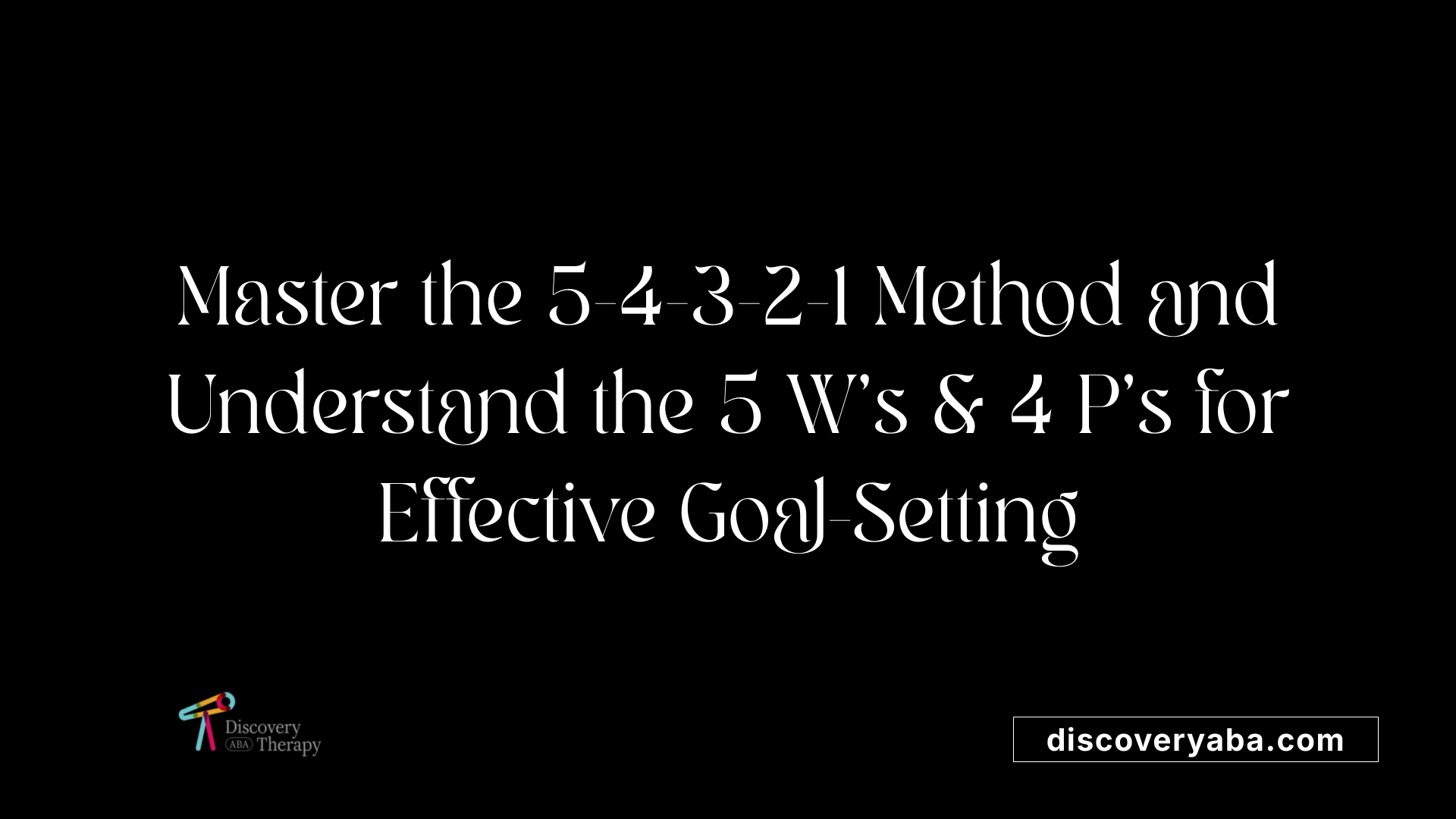
What is the 5-4-3-2-1 goal-setting method and how can it be used to help older children?
The 5-4-3-2-1 goal-setting method is a systematic way for older children and teenagers to break down their long-term aspirations into manageable, actionable steps. It encourages planning over multiple timeframes: five years, four months, three weeks, two days, and one hour. This layered approach helps make large ambitions less overwhelming by focusing on immediate and near-future tasks.
This method promotes setting overall, holistic goals in various aspects of life such as personal development, health, relationships, and career. For example, a teen might aim to improve their grades (long-term), finish a project (medium-term), or prepare for a test (short-term). Connecting these benchmarks with their emotional values, like confidence or independence, strengthens motivation.
For children who tend to overthink or procrastinate, this approach offers clarity and structure, reducing anxiety. It provides them with clear milestones and immediate steps, helping build confidence as they see progress. The method also encourages resilience by reinforcing that every small step contributes to a bigger purpose, fostering a sense of purpose and perseverance.
Overall, the 5-4-3-2-1 technique helps children organize their goals cohesively, making the pursuit of their dreams more tangible and achievable, leading to sustained motivation and growth.
What are the 5 W's and the 4 P's of goal-setting, and how can they assist children in setting specific, realistic goals?
The 5 W's — who, what, where, when, and why — are essential questions that guide children to define their goals clearly. Asking these encourages them to specify their objectives, understand the context, and develop a meaningful purpose.
Complementing this, the 4 P's — positive, personal, possible, and prioritized — help ensure that goals are motivating, aligned with the child’s values, realistic for their level, and organized by importance.
Together, these tools help children set goals that are precise and achievable. For example, a child aiming to improve test scores might ask:
- Who will help or support me?
- What exactly do I want to improve?
- Where will I study?
- When will I practice?
- Why is this goal important to me?
Then, applying the P’s, they affirm that the goal is positive and encouraging, personal to their interests, possible given their current skills, and prioritized among other commitments.
Using these questions and principles makes goal-setting a structured process. It enhances focus, increases commitment, and ensures children choose realistic, motivating objectives that foster a sense of achievement and responsibility.
Harnessing the Power of Goal-Setting for Lifelong Success
Equipping older children with effective goal-setting skills lays the foundation for a lifetime of self-motivation, perseverance, and achievement. By incorporating strategies such as SMART goals, creative activities, regular reflection, and supportive role-modeling, parents and educators can foster a growth mindset that empowers children to envision and attain their aspirations. Ensuring that goal-setting remains engaging, adaptable, and aligned with their interests helps children develop resilience and strategic thinking—traits that will serve them well throughout their educational journey and beyond. In nurturing these skills early, we prepare children not just for academic achievements but for a future of continuous growth and success.
References
- 15 Fun Goal-Setting Activities for Students & Kids
- Six Parent Tips on Goal Setting with Your Child | Edmentum
- Goal Setting for Kids: How to Teach Kids How to Set Goals
- Learning How to Set Goals With Donkey Hodie - PBS
- Goal Setting with Kids: 7 Tips for Teachers - Andrea Knight
- 7 Fun Goal-Setting Activities for Children - Penn State PRO Wellness
- 10 Ways to Help Children Learn Goal Setting Skills
Does Your Child Have An Autism Diagnosis?
Learn More About How ABA Therapy Can Help
Find More Articles
Contact us
North Carolina, Nevada, Utah, Virginia
New Hampshire, Maine
Arizona, Colorado, Georgia, New Mexico, Oklahoma, Texas
.avif)

















.jpeg)





















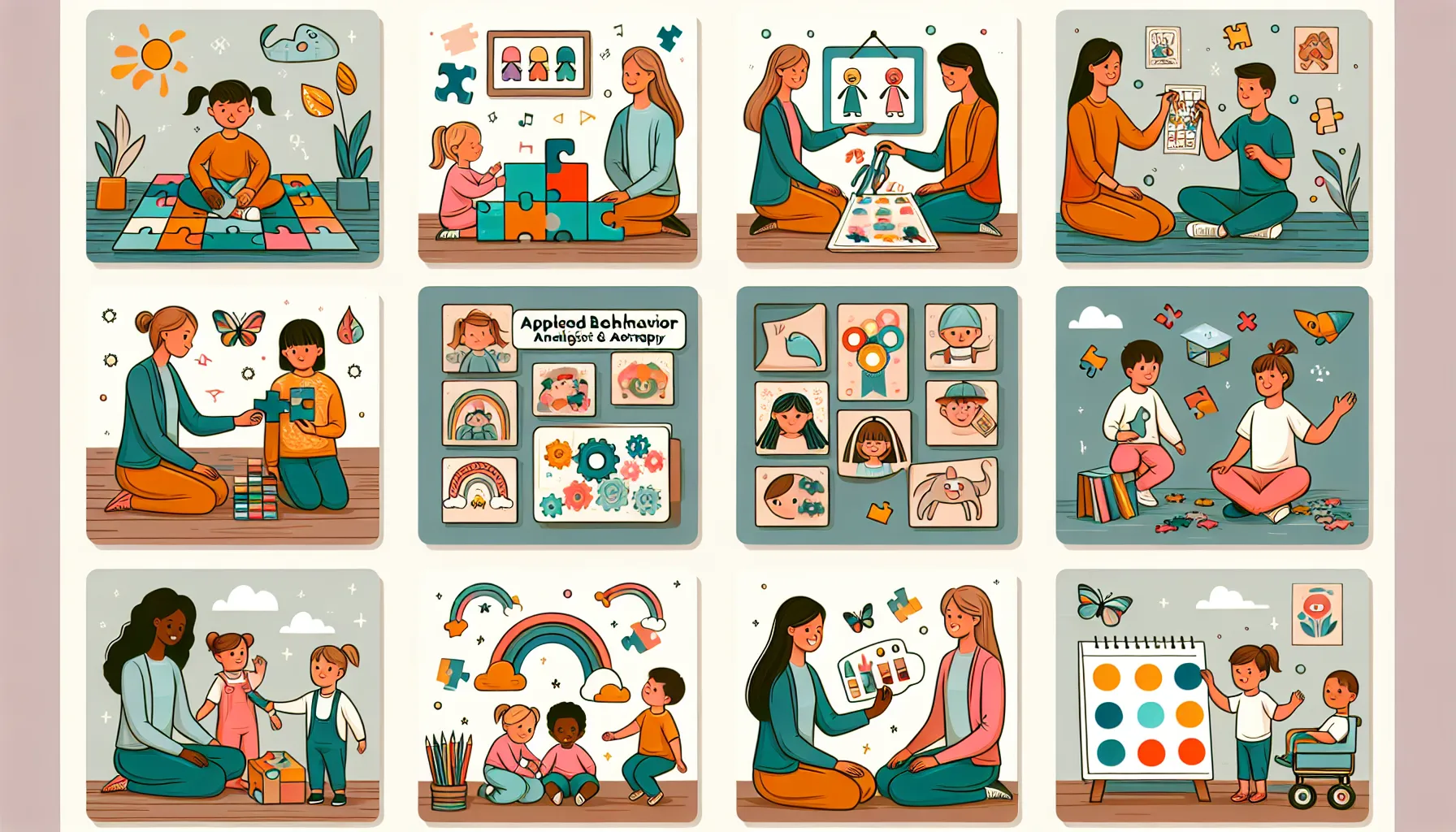


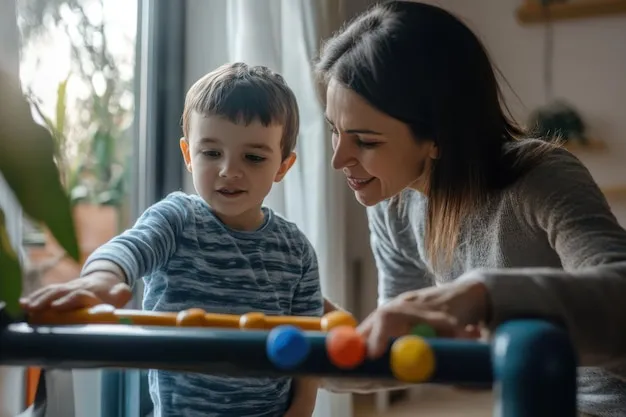
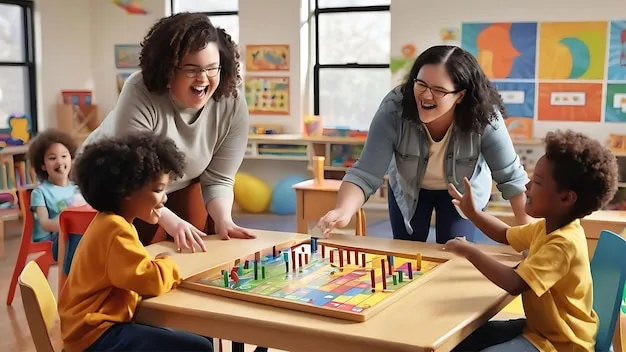

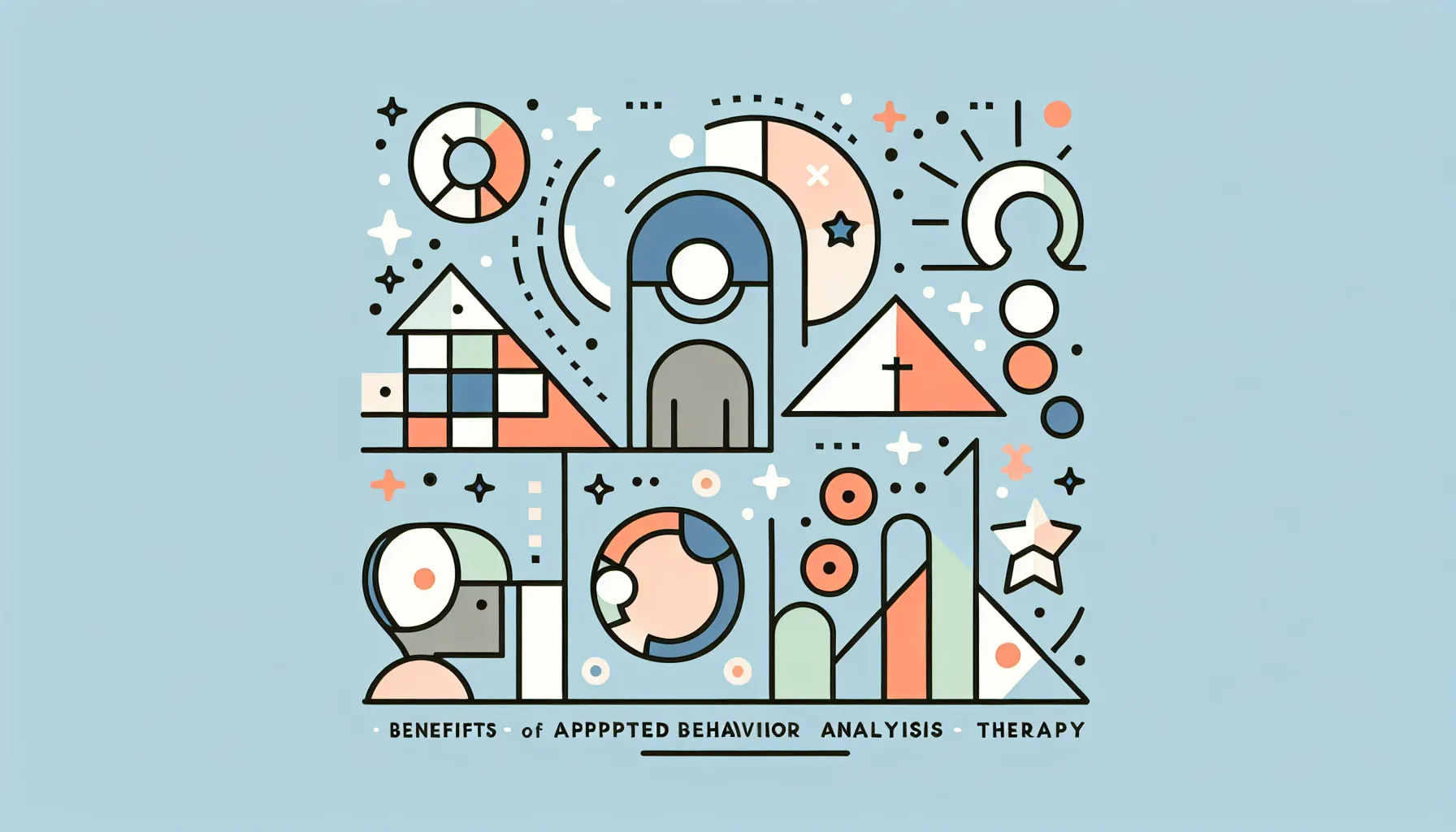

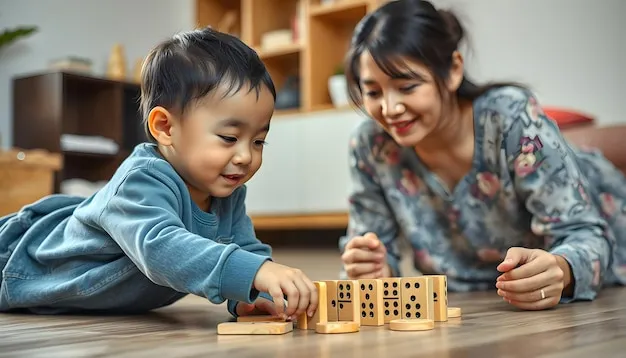
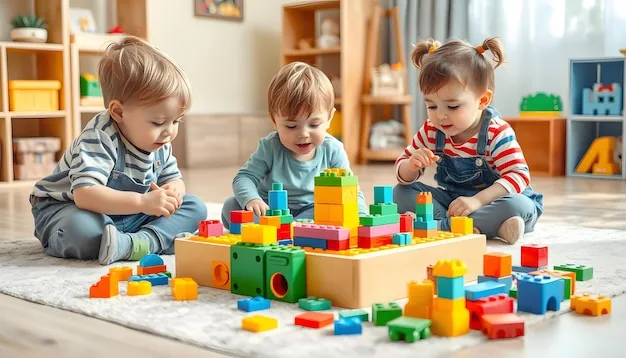
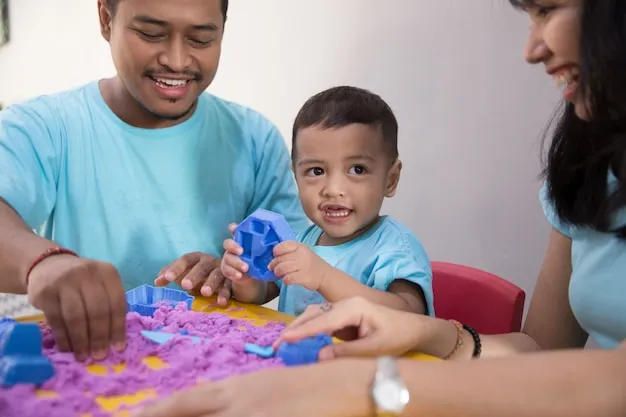


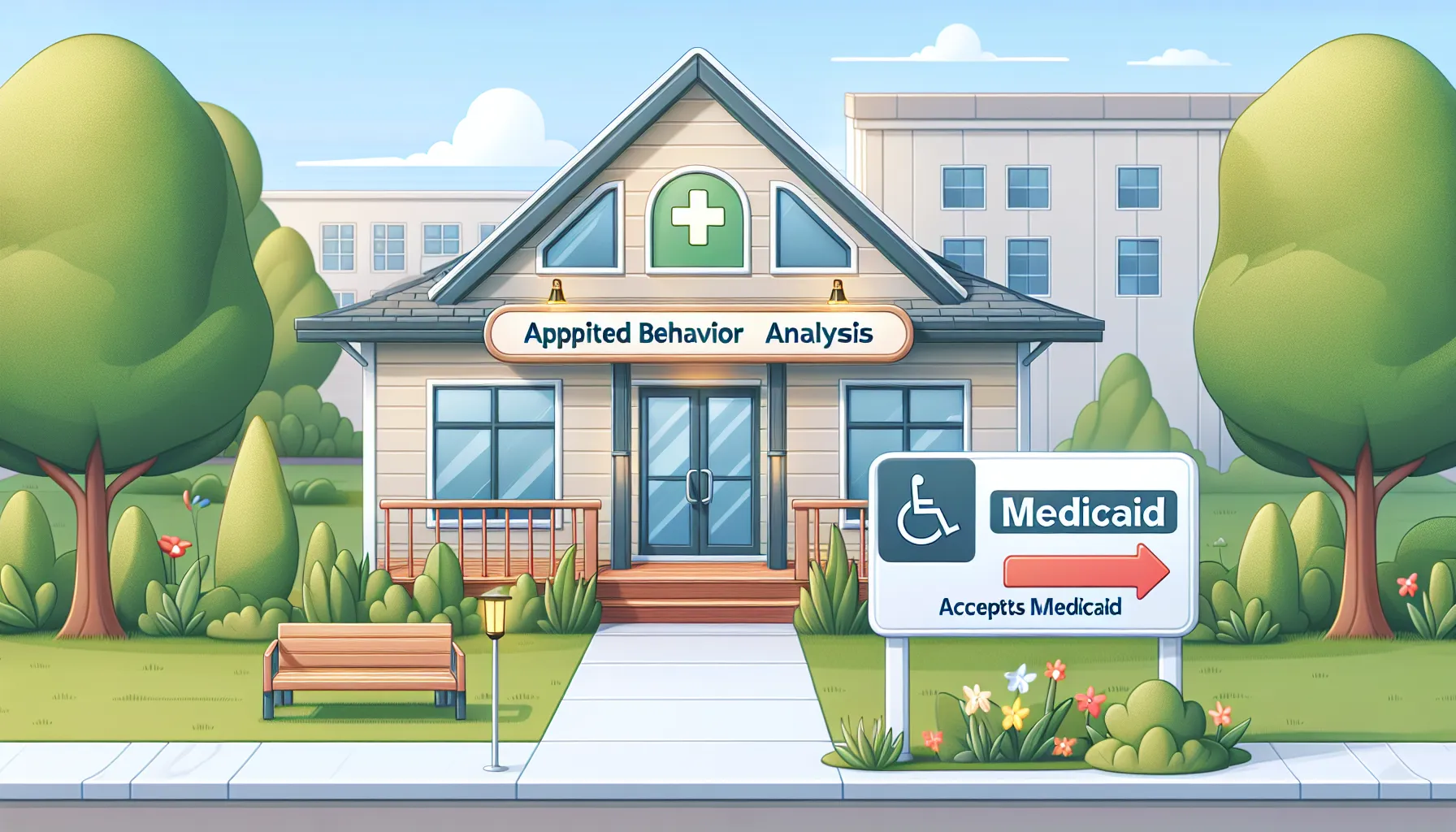

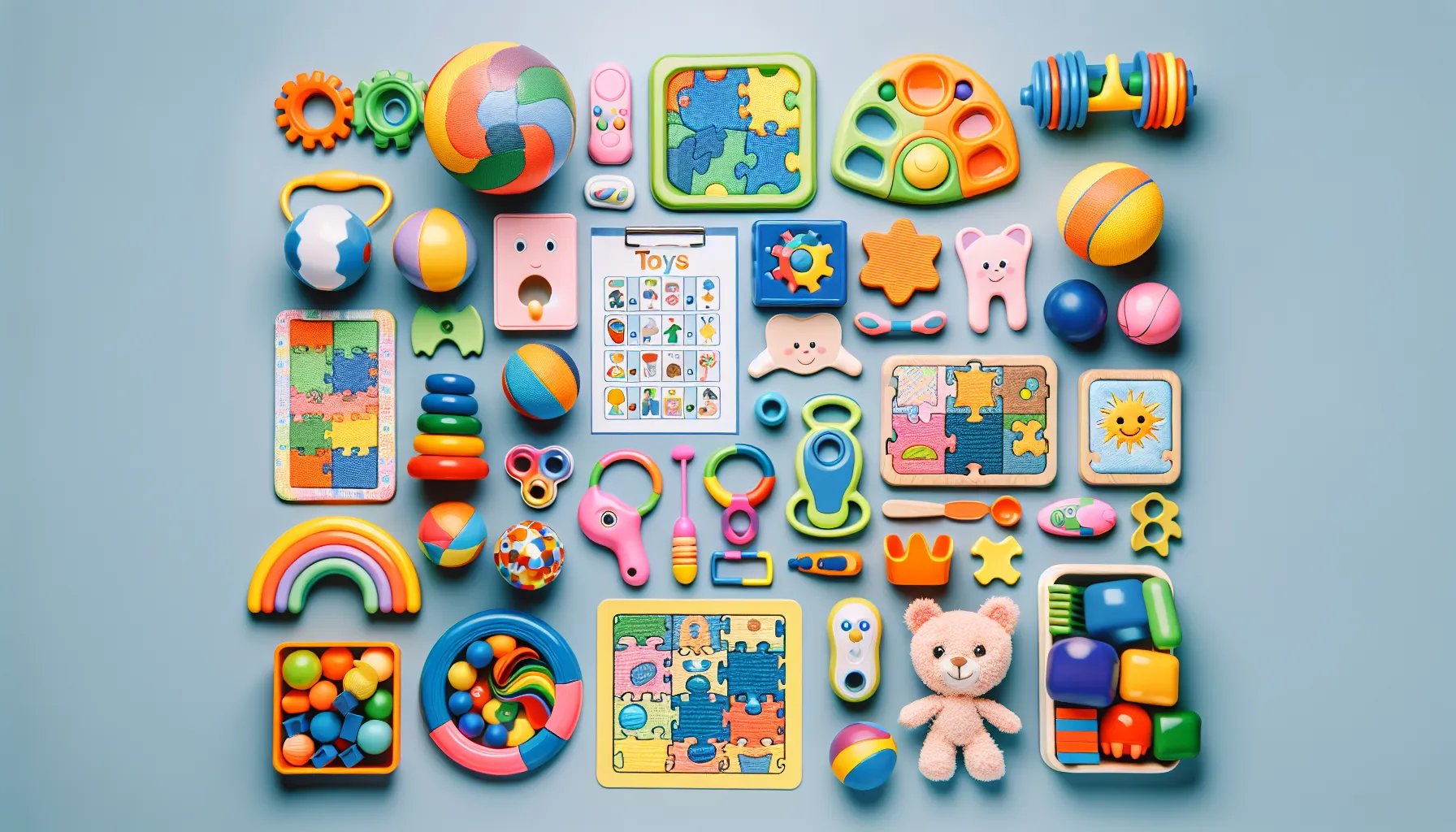


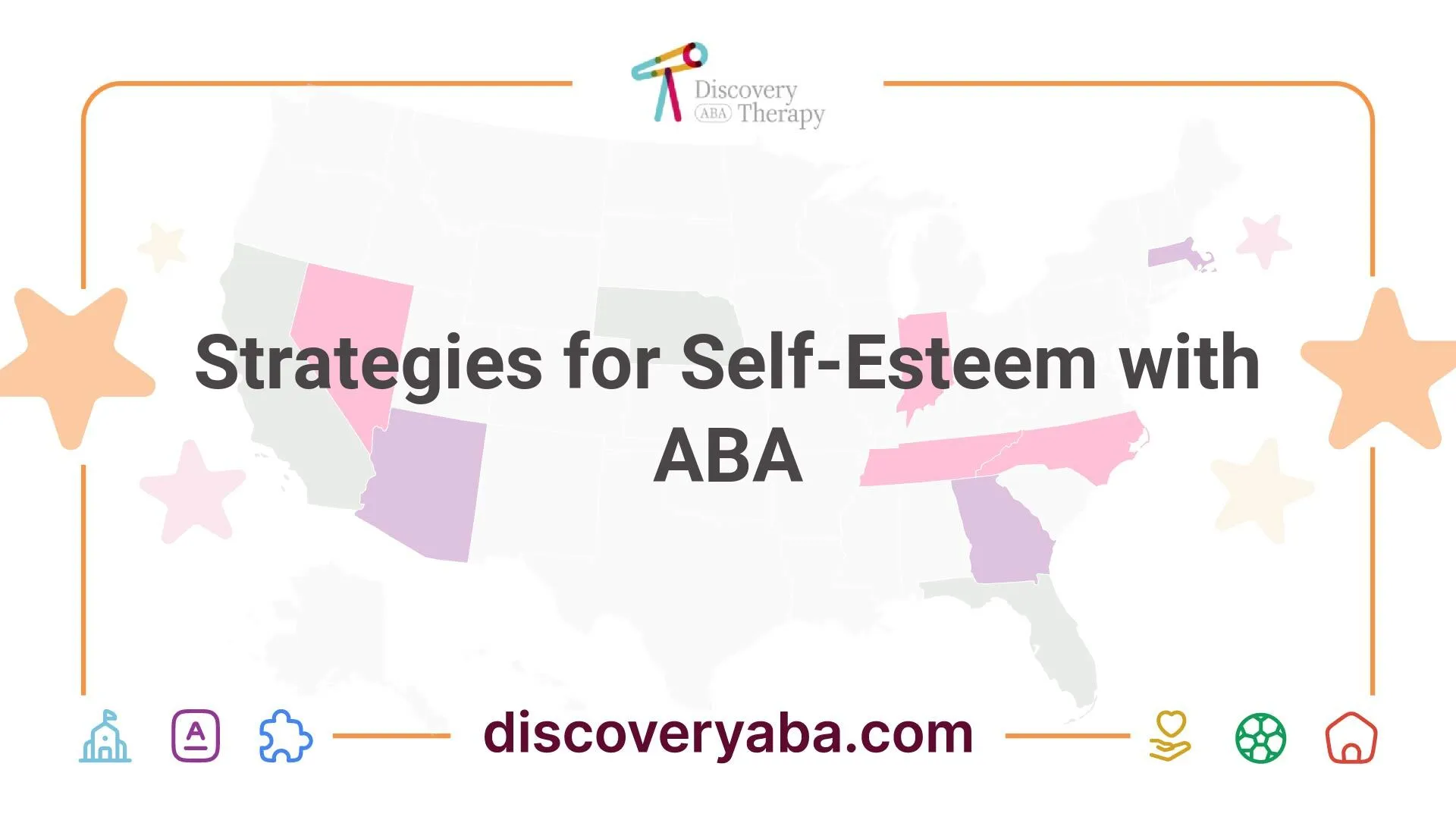




.jpeg)
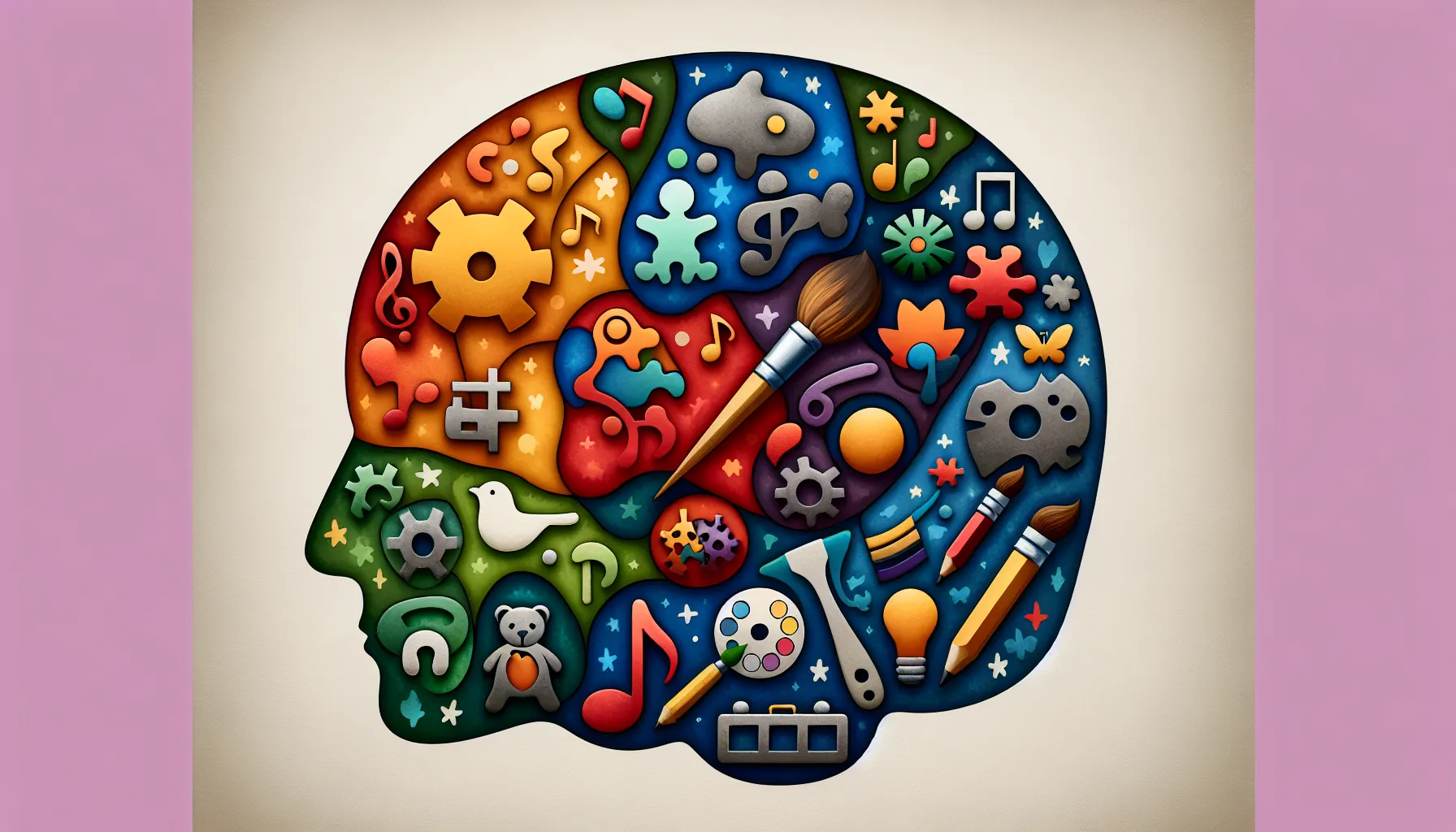
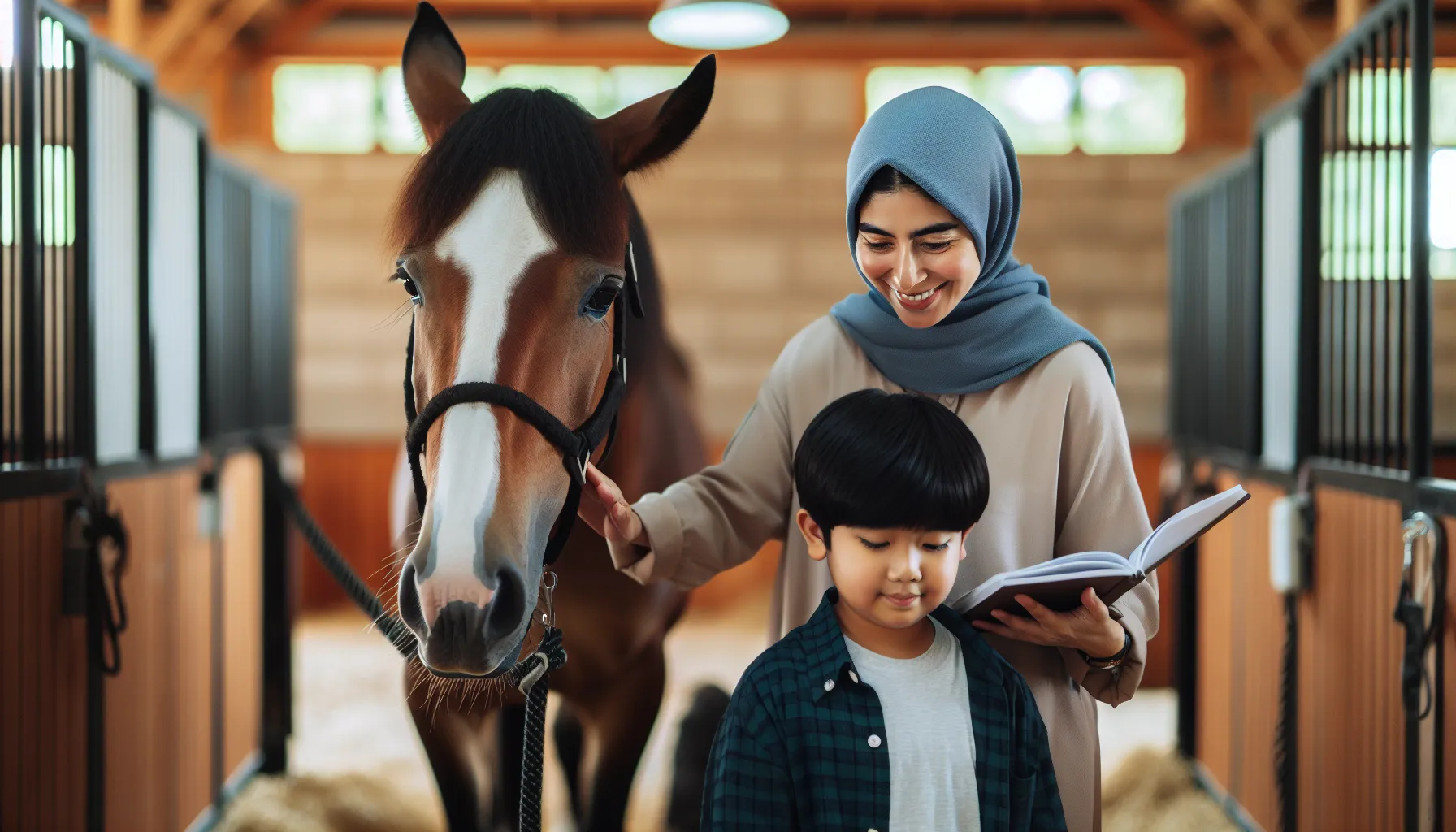

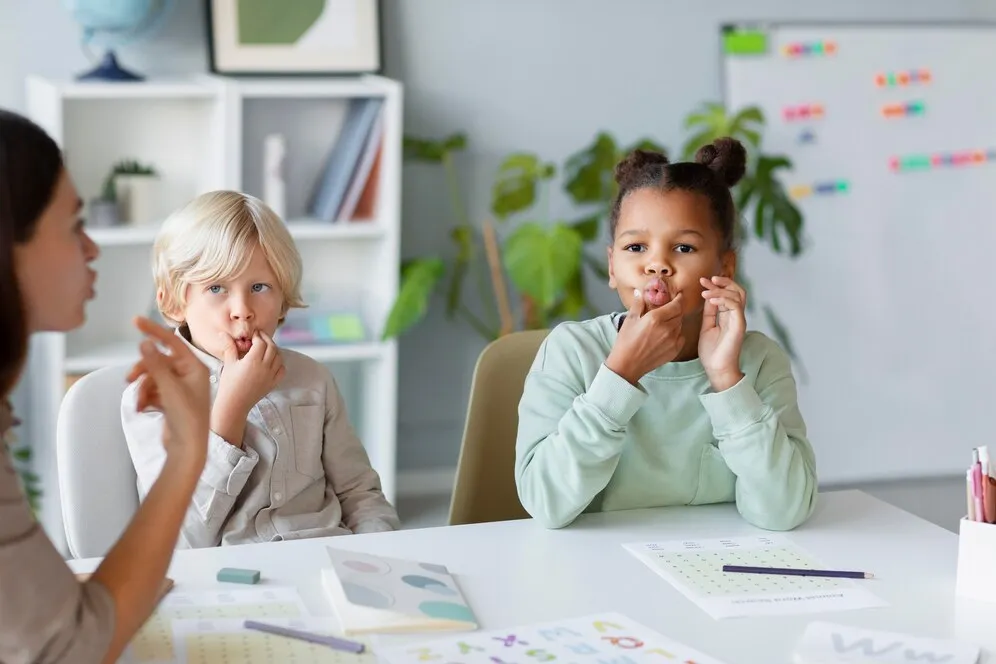



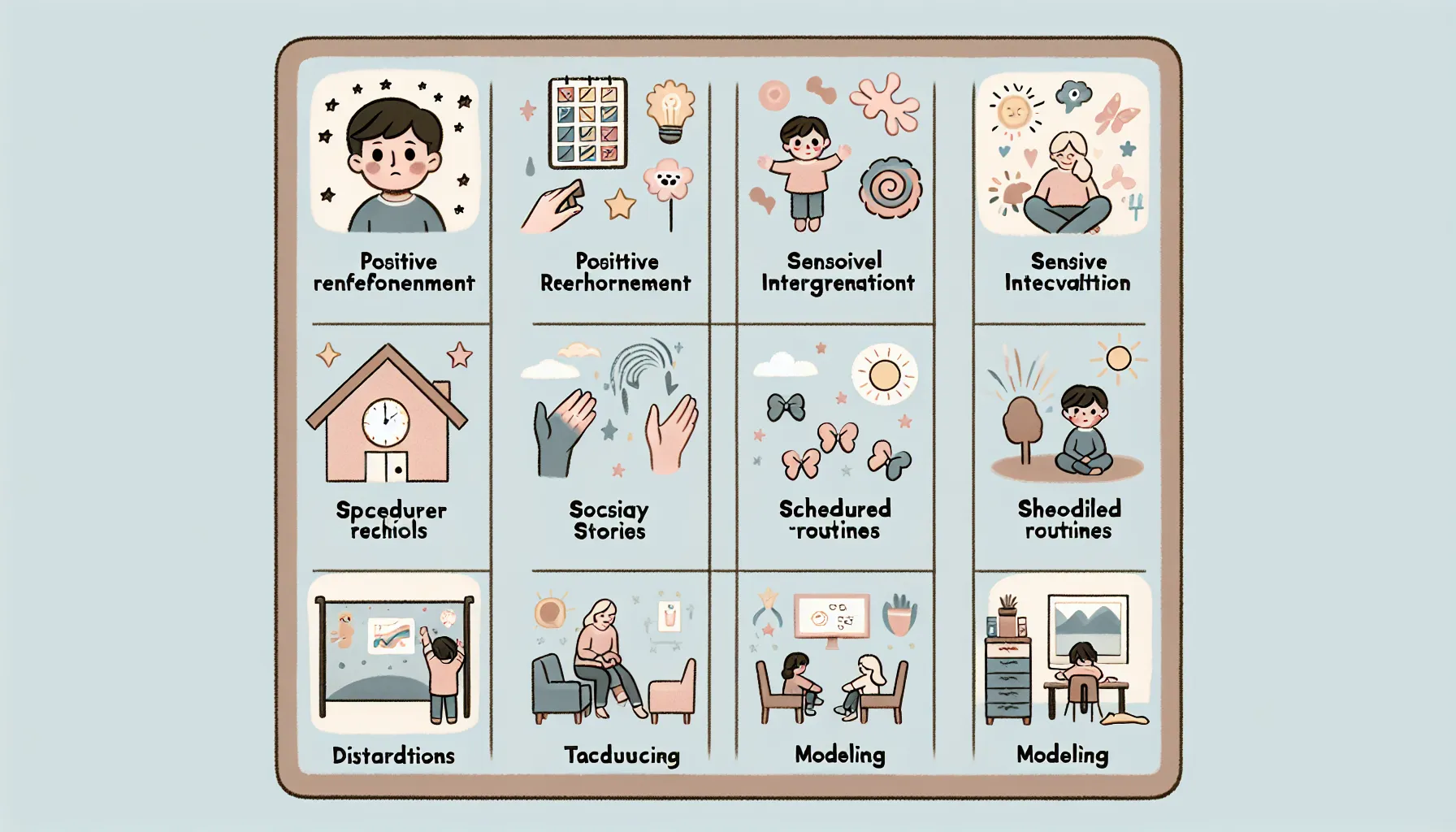

.jpeg)
.jpeg)



.jpeg)

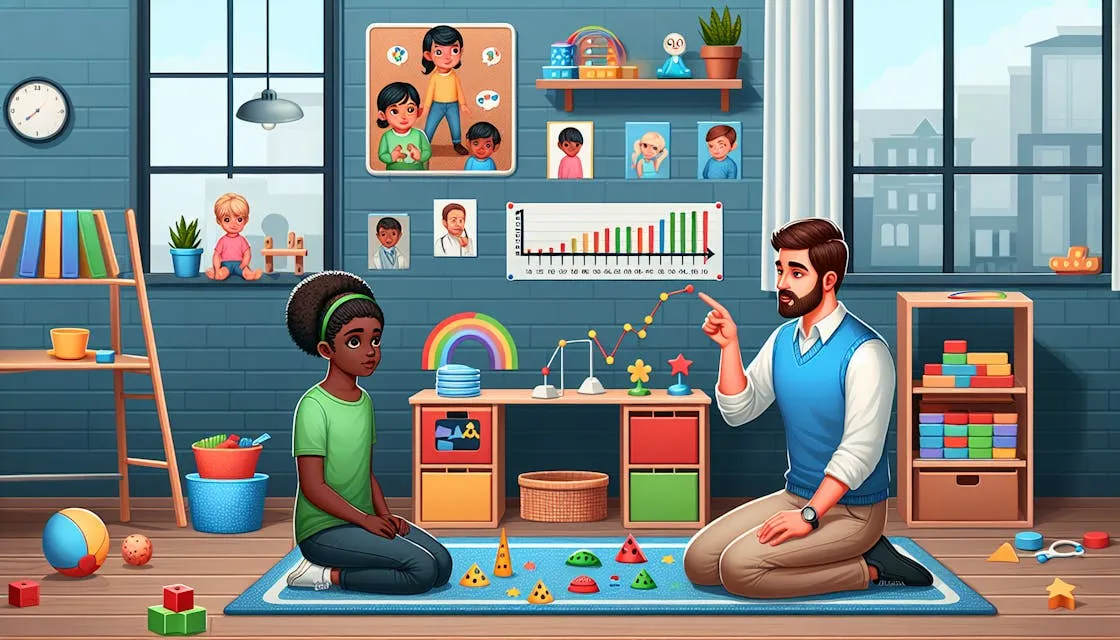


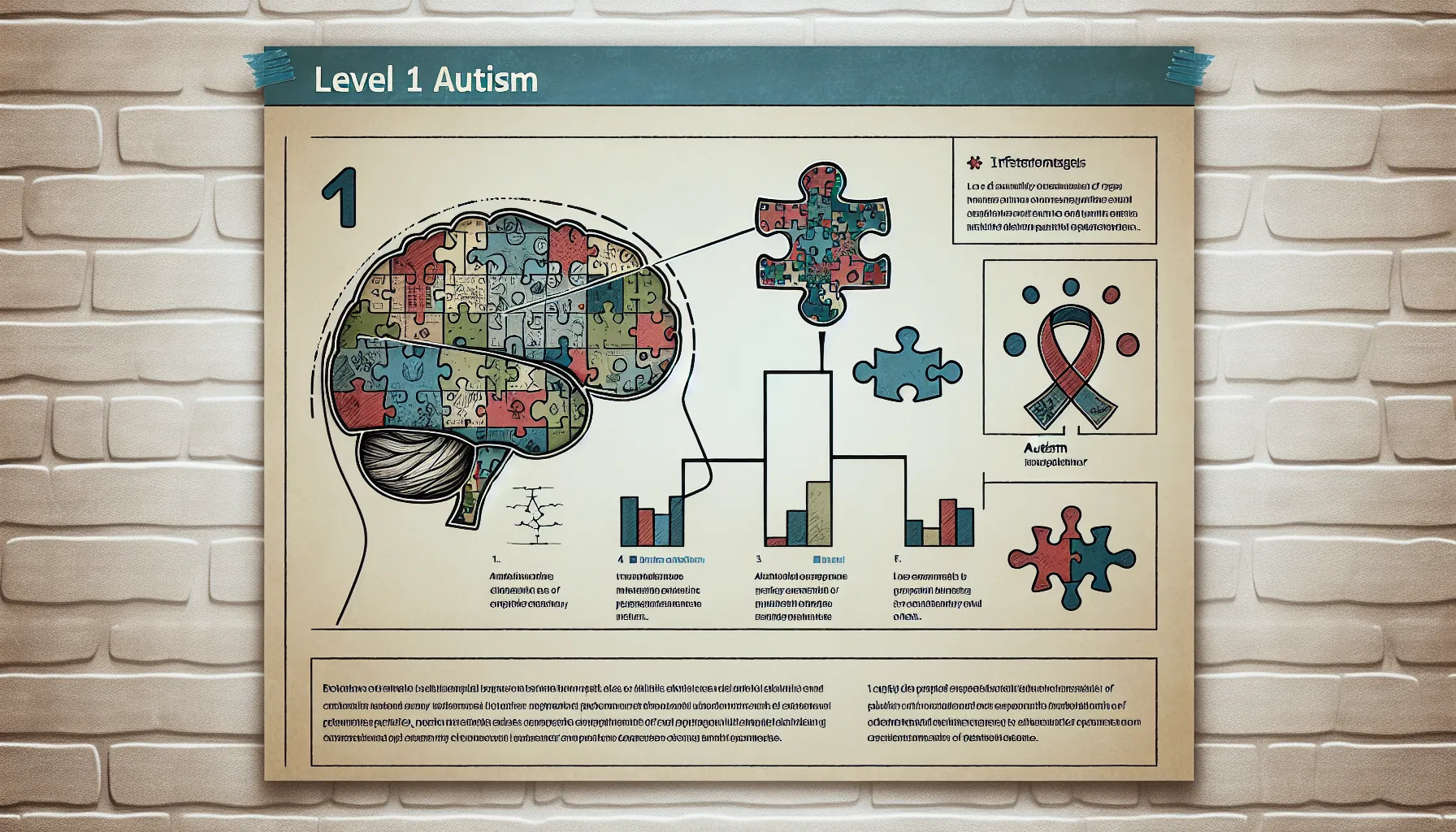











.jpeg)
.jpeg)



.jpeg)
.jpeg)
